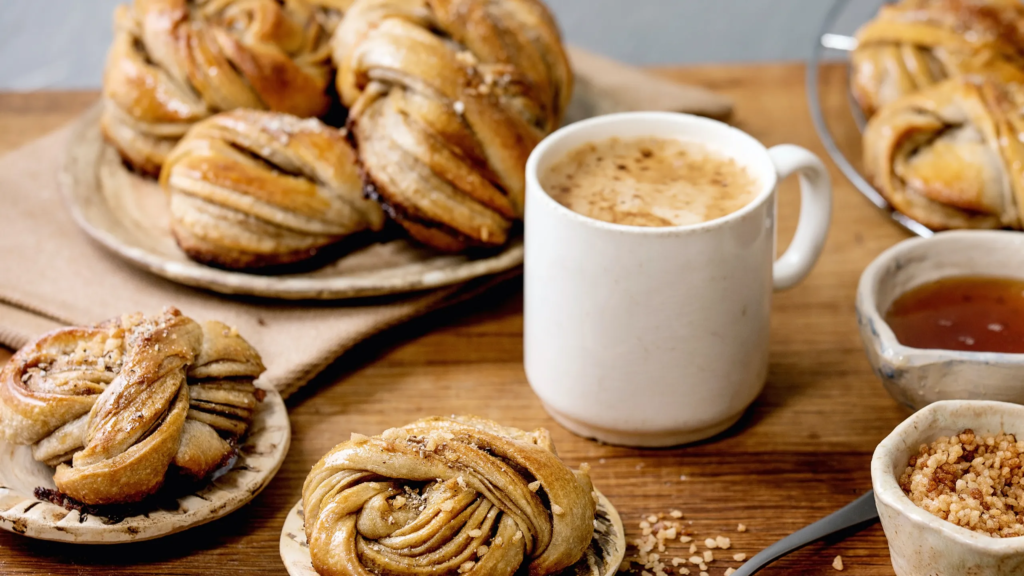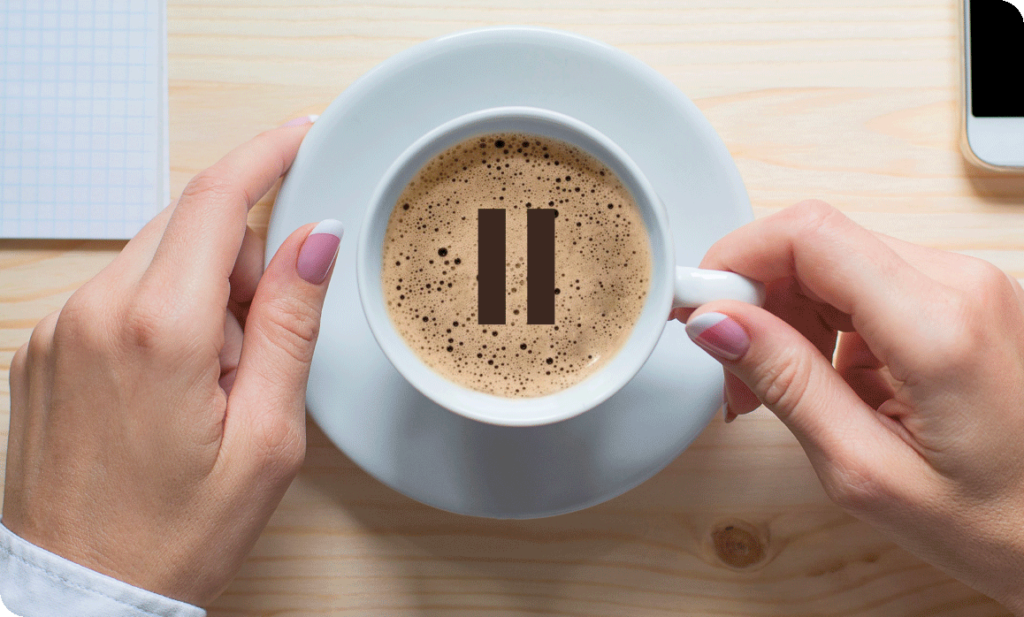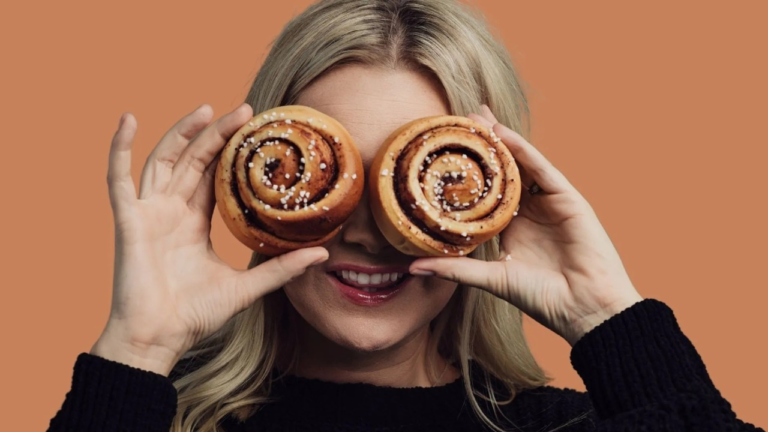Coffee is an integral part of Swedish culture. According to Statista, Sweden ranks third in the world for per capita coffee consumption, just behind Finland and the Netherlands. One of the reasons for this high consumption is a tradition deeply rooted in Swedish life called “fika.” Fika is more than just a coffee break; it’s a ritual of socializing, relaxing, and savoring life. To understand fika is to grasp an essential aspect of Swedish culture and how it is interwoven into daily life.
What is Fika?

At its core, fika is a break where you enjoy coffee, often accompanied by small pastries. However, this simple definition barely scratches the surface of what fika truly means. Fika is a moment of social interaction for Swedes; it can take place at work, at home, in a park, or in a café. It usually involves traditional Swedish sweets like cinnamon buns (kanelbullar) or cookies. The duration of fika can vary; sometimes it lasts 10 minutes, other times it can stretch to an hour. But the length of time isn’t what matters—what’s important is stepping away from the hustle and bustle to fully enjoy the moment.
The History of Fika and Swedish Coffee Culture

Coffee was first introduced to Sweden in the late 17th century and quickly became popular. However, this popularity led to concerns among local brewers and the public, fearing that the rise of coffee consumption would hurt the sales of locally-produced beer. In response, a royal decree was issued in 1746, imposing heavy taxes on coffee and tea consumption. When taxes were not paid, cups and saucers were confiscated. By 1756, coffee was completely banned, but the Swedish people continued to drink it clandestinely.
The Swedish king believed coffee posed a public health risk. In one experiment, he ordered a prisoner to drink three pots of coffee every day, while another prisoner was to drink three pots of tea daily for life. The doctors overseeing the experiment died before either of the prisoners, and the experiment was abandoned after King Gustav III was assassinated in 1792. Other attempts by the Swedish government to ban coffee followed but gradually faded away by the 1820s. Coffee consumption then surged in the 19th century, becoming a permanent fixture in Swedish culture.
The term fika has its roots in the periods when coffee was banned in Sweden. To avoid detection, Swedes used a secret word derived from the Swedish word for coffee, “kaffi.” They reversed the syllables and dropped a letter to create “fika.”
The Significance of Fika: More Than Just a Coffee Break

Fika is not just a coffee break; it’s a lifestyle. During fika, you pause to enjoy coffee and a sweet treat while stepping away from work or daily stresses. Many workplaces in Sweden have incorporated fika into their daily routines, with some even making fika breaks mandatory. These breaks allow employees to relax, socialize, and become more productive.
Fika goes beyond coffee culture, aiming to strengthen social ties and foster human connections. For Swedes, these moments are essential for building friendships and work relationships, as well as allowing individuals to take time for themselves. Fika helps people clear their minds, reduce stress, and regain energy.
Experiencing Fika: Embracing Lagom and Simplicity

To fully experience fika, it’s important to embrace the Swedish concept of “lagom.” Lagom means “just the right amount” and emphasizes the peace found in simplicity. Fika embodies this concept perfectly. During fika, you should focus solely on the moment, without distractions, and enjoy the simplicity of the experience. It’s more than just drinking coffee; it’s an opportunity to savor life.
At the heart of fika lies simplicity, peace, and social connection. To truly experience fika, one must embrace the moment, appreciate the beauty of simplicity, and let go of everything else to focus solely on the present. The philosophy of lagom is central to fika and explains why this traditional Swedish ritual carries such deep meaning.
The Future of Fika

Fika is a tradition that is likely to continue thriving in Sweden. However, this unique ritual may also spread worldwide as more people discover the tranquility and joy that fika offers. The global adoption of fika could encourage people to create more moments of pause and social interaction in their daily lives. Furthermore, as specialty coffee plays a bigger role in fika, people might take the opportunity to learn more about coffee and experience this ritual more consciously.
In conclusion, fika is more than just a coffee break; it’s a ritual of social bonding and savoring life. To embrace fika is to take a step back from the daily rush, immerse yourself in the present moment, and enjoy the simplicity of life. Combined with the philosophy of lagom, fika is a source of peace and happiness that has the potential to spread from Sweden to the rest of the world.


